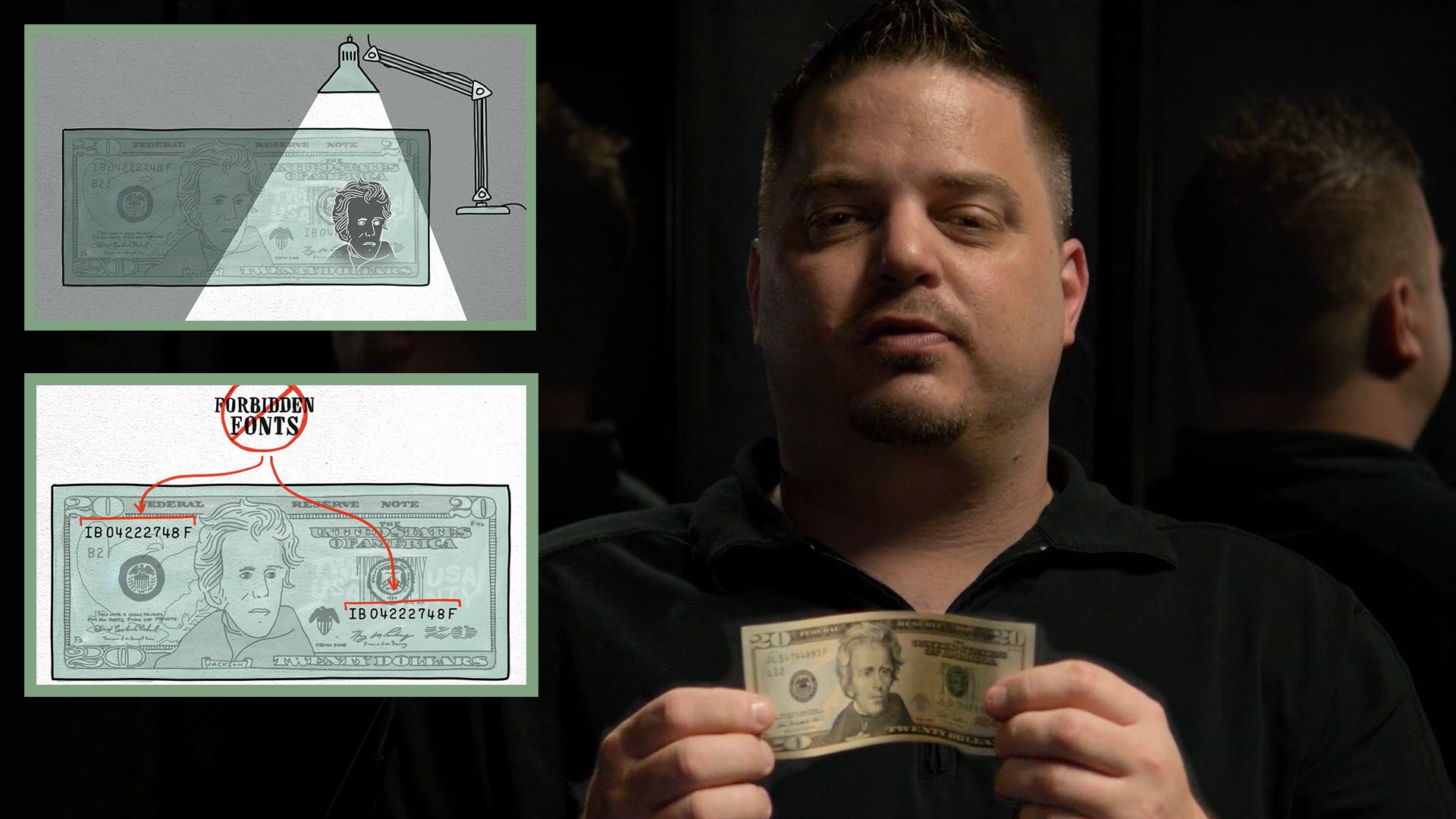Explore the Usages of copyright in Artistic Creations and Theatrical Performances
Phony money, often synonymous with deceptiveness and illegality, holds a strange appeal when it locates its method right into the world of theatrical efficiencies and creative productions. As we dive into the diverse usages of phony money in these imaginative domains, we start to uncover a globe where credibility and replica blur, motivating us to question the very nature of worth and depiction within art and performance.

Historical Significance of Imitation Money in Art
The historical significance of copyright in art is a complex and fascinating subject that sheds light on the crossway of imagination, subversion, and socio-political commentary. Throughout background, musicians have made use of phony money as a device for difficult societal norms, questioning the value of currency, and making effective statements regarding riches and power.
Among the most significant examples of copyright in art days back to the Dada movement of the early 20th century - copyright money for sale. Artists such as Marcel Duchamp and Hannah Höch included phony money into their jobs to criticize the capitalist system and check out the principle of value in a swiftly altering globe
Additionally, throughout times of financial instability or political turmoil, copyright cash has actually been utilized by musicians as a kind of demonstration or rebellion. By developing and circulating phony money, musicians have been able to disrupt the status, difficulty authority, and provoke crucial discussions regarding the role of money in society.
Influence of copyright Money on Visual Arts
By incorporating phony cash right into their jobs, musicians prompt conversations on the nature of value, credibility, and societal perceptions of wide range. The usage of phony cash in art likewise increases moral factors to consider concerning the limits of artistic expression and the effects of reproducing legal tender. Generally, the impact of copyright money on visual arts is complex, boosting important reflections on the junction of cash, art, and societal worths.
Importance and Significance in Theatrical copyright Displays
Utilizing theatrical imitation displays, musicians utilize symbolic representations to convey deeper definitions and stimulate thought-provoking analyses within the world of performance art. With the incorporation of funny money in theatrical productions, designers can explore styles such as greed, power, corruption, and the illusion of riches. Using phony currency on stage can function as a metaphor for societal issues, financial disparities, and the fragility of economic systems.
In staged performances, the symbolic value of copyright expands beyond its financial worth. It can represent the misleading nature of looks, the search of materialistic desires, and the effects of dishonest habits. By utilizing funny advice money as a prop, artists can challenge audiences to question real definition of riches and the ethical limits that people might cross in its pursuit.
Ethical Factors To Consider being used Fake Cash for Art

One major moral factor to consider is the potential lawful effects of making use of funny money in art. Counterfeiting money is illegal in a lot of countries and can cause serious effects for musicians that purposefully incorporate copyright expenses right into their job. copyright money for sale. This not only places the musician in danger but also elevates questions concerning promoting illegal tasks through art
Furthermore, there is a moral dilemma regarding the authenticity of the art work itself. Making use of funny money obscures the line in between fact and imitation, possibly deceiving visitors and jeopardizing the honesty of the creative piece. Artists should consider whether using imitation cash straightens with their worths and creative purposes, weighing the possible influence on their online reputation and reliability.
Future Patterns in Imitation Cash Integration
Thinking about the advancing landscape of imaginative expression, the unification of funny money in imaginative works might witness a change in the direction of intriguing and innovative opportunities. As musicians continue to push boundaries and check out he said brand-new mediums, funny money can increasingly be utilized to challenge social norms, question the value of money, or make powerful statements regarding wide range and consumerism.
One future pattern in copyright cash combination could be its utilization in immersive art installations where target markets are motivated to engage with the items, obscuring the lines between truth and illusion. Additionally, developments in technology might bring about the creation of hyper-realistic funny money that is basically equivalent from authentic money, opening opportunities for also more detailed and elaborate artworks.
In addition, partnerships in between counterfeiters and artists might lead to unique pieces that incorporate traditional imaginative methods with the workmanship of creating phony money. Nonetheless, honest considerations surrounding the validity and morality of making use of funny money in art will certainly proceed to be a factor of contention as these future trends unfold.
Verdict
Finally, the usages of funny money in artistic productions and theatrical efficiencies have a long history and remain to be a source of inspiration for artists. From its historical relevance to its effect on visual arts and symbolism in staged screens, funny money plays a special function in the art world. Moral factors to consider must be taken right into account when using phony cash for imaginative functions. The integration of funny money in art is likely to proceed evolving in the future.
Overall, the impact of phony money on visual arts is complex, promoting critical reflections on the crossway of money, art, and social values.

In verdict, the uses of imitation money in theatrical efficiencies and creative developments have a lengthy background and continue to be a source of motivation for artists. Moral considerations should be taken into account when using phony cash for imaginative objectives. The assimilation of imitation money in art is likely web to proceed evolving in the future.